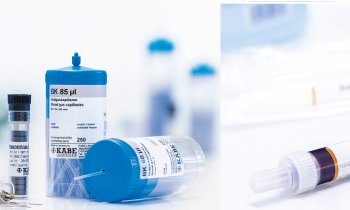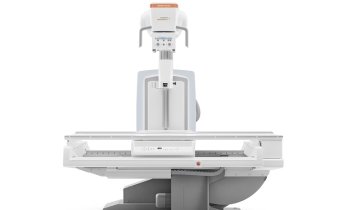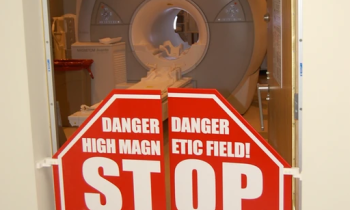Violence in the hospital
Aggression and violence towards hospital staff by patients and their relatives and visitors alike is an under-reported and an under-discussed issue. A French webside wants to inform employees how they can prevent and react on aggressions.

While it is difficult to provide a comprehensive definition of ‘violence’ or ‘aggression’ and while certain types of aggression in a healthcare setting, for example by mentally disturbed patients, might be understandable, they are not acceptable. Every healthcare employee, just like any other employee, has a right to a violence-free working environment. The French insurer of health professionals, Mutuelle du Corps Sanitaire Français (MACSF), has taken innovative steps to raise awareness of the problem and its consequences and to help the victims who often enough are entirely unprepared for the violent outbursts and deeply shocked. In an interactive web-documentary MACSEF provides information and recommendations. Victims, stakeholders and experts present different aspects in four chapters: recognizing violence, preventing aggression, caring for the victims and filing charges.
For further information, please visit http://www.violence-hopital.fr/
16.08.2013










